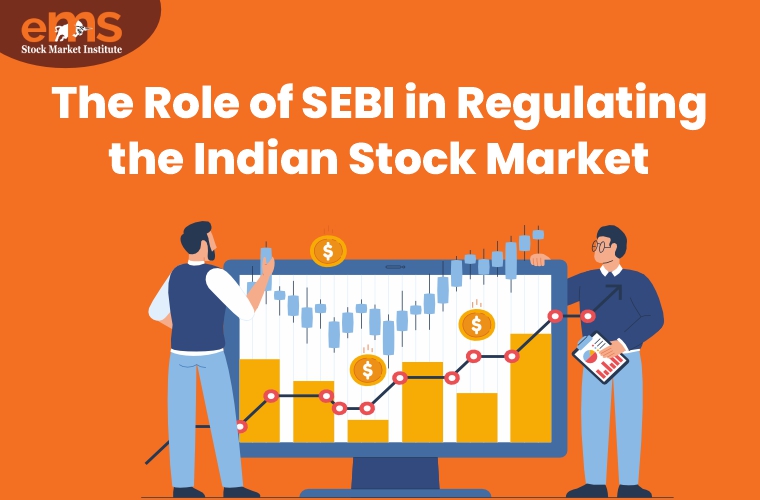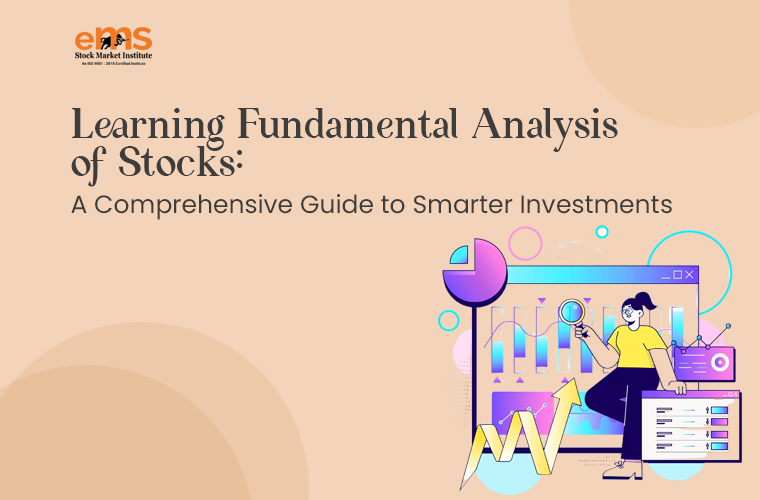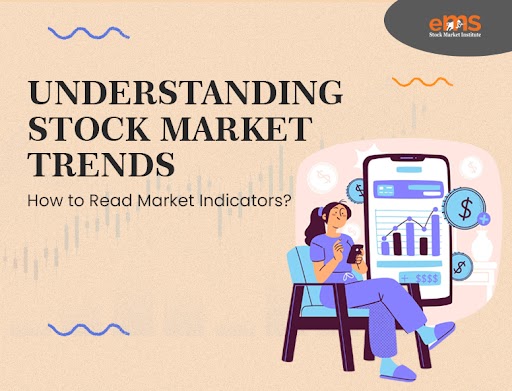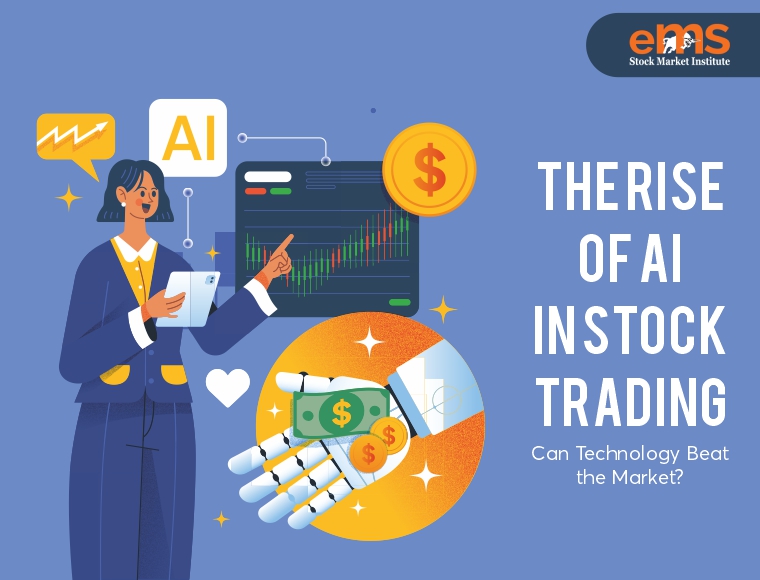Passive income is a prudent way to generate wealth and build stability amidst uncertain times. Hence, many consider renting out properties or investing in startups to earn it.
But did you know, you can earn passively even with stocks? Yes! Passive income through stocks is gaining momentum as more seek extra income without investing much time or effort.
Hence, many aspirants who inquire about or enroll in our stock market classes in Pune also discuss earning passive income through stocks. They are eager to learn how to earn money passively through stocks that generate income with minimal or no effort. If you are one among them, you’ve come to the right place. Whether you are a professional, student, or housewife, if you are actively looking to earn passive income, here is a blog that explains how you can do it through stocks.
What is Passive Income Through Stocks?
Passive income is money that flows in regularly without requiring an ongoing active effort. As for stocks, it often refers to income streams generated from stock market investments. Such stock investments don’t require you to trade actively or indulge in daily stock buying and selling. So, in a way, such stocks are a ‘set it and forget it’ kind of thing. Nevertheless, you must remember, passive income isn’t a get-rich-quick program. Careful analysis and informed choice play as important a role as they do while choosing other stocks you would trade regularly.
This is where share market classes in Pune play a role! But before you enroll for a share market course, here is an overview of some options that can help you generate passive income via the stock market.
How to Earn Passive Income Through Stock – 5 Popular Options
From dividends to growth stocks, here are five stock market options for passive income.
1. Dividend Stocks
This is the most popular option. Dividends are a portion of profits that companies share with their shareholders periodically. Shareholders receive a dividend per share. Thus, the more shares you own, the more dividends you receive.
Earning dividends requires investing in established companies with a dividend payment history. Accordingly, look for companies with increased dividend payouts for 25+ years. Now, instead of using the payout income, you can also reinvest it and buy more shares with your dividends. This will help you compound your earnings over a period.
2. Stock Lending
Some brokerage firms let you temporarily lend out fully paid shares of select stocks you own to other investors or institutions, usually for short-selling. It helps you earn interest on the shares you lend. But lending stocks requires a brokerage firm that finds borrowers and manages the loan. Any risks? Yes – Borrower defaulting! However, reliable brokerage firms generally have measures to mitigate the risk. Hence, the choice of the firm matters.
3. Index Funds and ETFs
There are collections of stocks to track the performance of market indices like the Nifty 500. These indexes don’t pay dividends directly to the investor. But they help you diversify and leverage long-term potential growth with a relatively low fee.
How do you build this investment? Select a broad-market index fund or ETF in line with your risk tolerance and investment goals. Some funds focus on high-dividend stocks through which you can earn income over time.
From dividends to REITs the opportunities are waiting, Let FinEarn guide you to build smart passive income.
4. REITs (Real Estate Investment Trusts)
Passive income through property renting or leasing is a proven option. However, not everyone has a spare property at their disposal.
So, does that close the real estate option? No! Instead, REITs open it. These are investment options that help you invest in diverse real estate assets, including commercial properties that produce rental income.
You can invest in Indian REITs listed on the stock exchange, making this option liquid and easily accessible for Indian investors. Besides, while investing in REITs, look for those with high rental yields and long-term growth opportunities. REITs usually offer quarterly distributions based on rental income from properties.
5. Bonds and Fixed Income Stocks
Bonds are another traditional choice. Some options include government bonds, corporate bonds, or debenture stocks that companies from various sectors issue in the market. Many of these instruments provide regular coupon payments (interest) that you can use as passive income.
While choosing bonds, you must look for high-quality bonds from reputable companies. Besides, look for interest rates, maturity periods, and credit ratings to reduce risk.
Want to Unlock the Path to Passive Income? Join Fin Earn Share Market Academy!
One of the best share market classes in Pune, FinEarn Share Market Academy offers comprehensive courses that offer in-depth technical and strategic understanding of various stock market topics. So, whether you are an active trader or someone looking to build passive income, we cover you with our learning programs. Call us at +91 95618 61818 to speak with our experts and learn more about our courses.

 +91 95618 61818
+91 95618 61818









